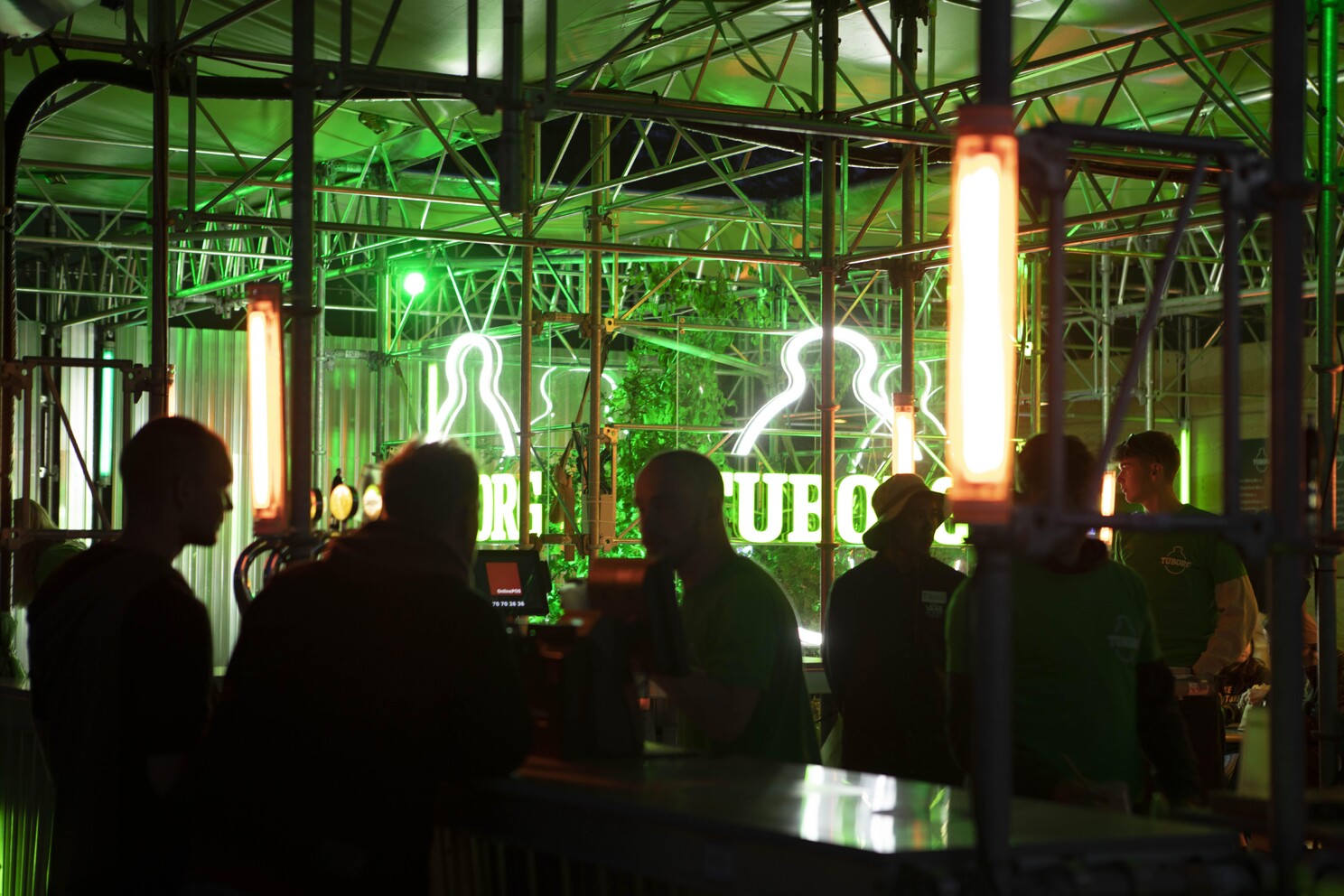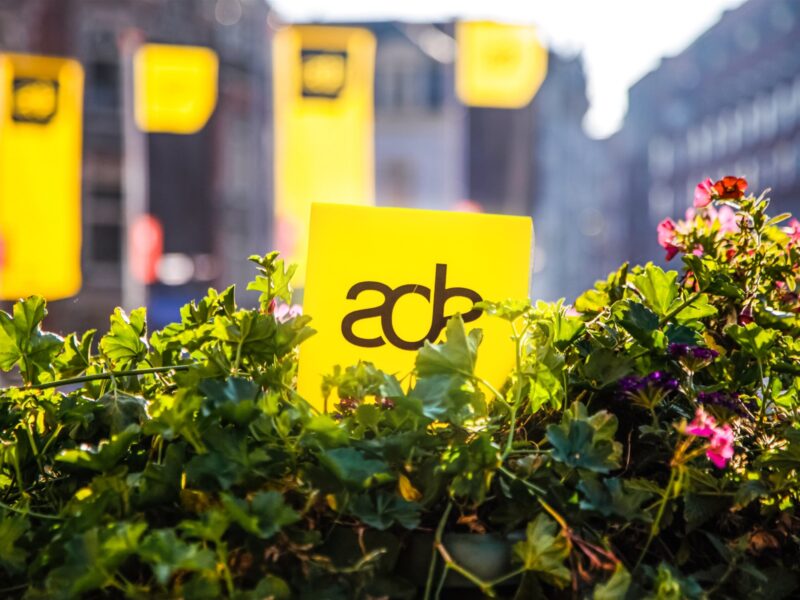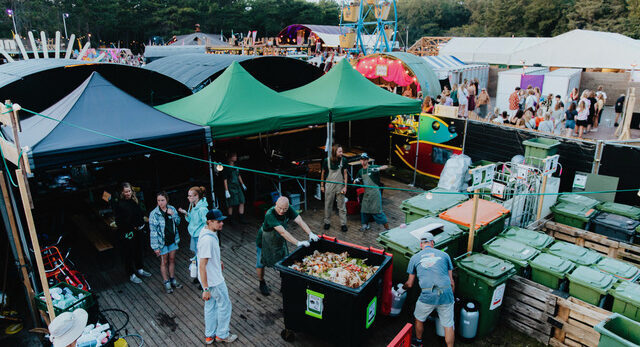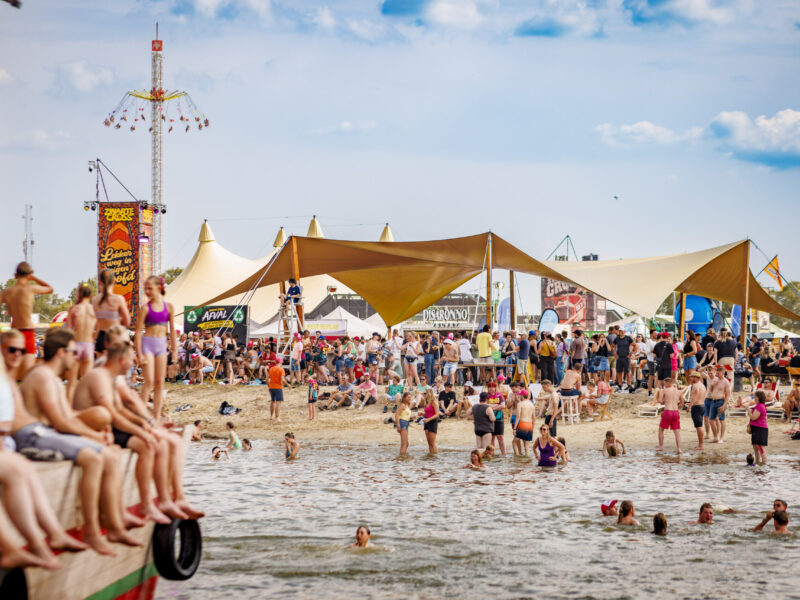
Engaging suppliers to reach circular and climate neutral goals
This article was originally published via Green Deal Circular Festivals and can be found here.
To identify what an organization can do to inspire suppliers, and to turn them from external stakeholders to close partners, we asked our GDCF member festivals what they do to engage their suppliers.
Music festivals are changing. They’re not just about big crowds and loud music anymore. The international Green Deal Circular Festivals like Roskilde Festival, DGTL (ID&T), Pukkelpop, and Tomorrowland are working hard to becoming more environmentally friendly. If one thing is clear, you need to collaborate over the boundaries of your own festival fence to reach your goals. A big part of being greener involves working with suppliers – the partners that provide everything needed for a festival. The goal is to make sure these suppliers are also doing their part to protect the environment, in order to collectively reach sustainability and circularity goals.
The GDCF recently discussed the theme of Engaging suppliers for circular supply chains. Goal of these strategic discussions is to identify and tackle challenges that our festival organizations run into when (aiming to) collaborating with suppliers, governments and other parties in reaching sustainability goals and circular ambitions.

Partnering up
To identify what an organization can do to inspire suppliers, and to turn them from external stakeholders to close partners, we asked the GDCF festivals what they do to engage their suppliers when working on sustainability topics? And how can we get our suppliers to engage in developing circular products and solutions? One of the things you can do is include standards or a checklist for suppliers to comply with. For example, Roskilde Festival told its suppliers that being eco-friendly is a top priority. This means that suppliers who think about the environment get a better chance to work with them: “We tell our suppliers that circularity is a huge priority for us. In doing so they know that if they are to become a supplier at Roskilde Festival – instead ot their competitors – their chances increases if they include circularity in their offer.”
The idea is to not just demand new standards, but to partner with them on sustainability as much as possible. A great example is Roskilde’s partnership with Tuborg (Carlsberg Group). Together, they introduced organic beer at the festival, showing that both food and drinks can be sustainable.
A good example: Roskilde Festival x Tuborg collaboration in Denmark
In 2015 Carlsberg Brewery introduced Tuborg organic beer at Roskilde Festival. Roskilde had the ambition to be 100% organic, so it was an essential to also look at the food & drinks on offer. Together, both parties developed an organic beer: Tuborg Grøn, replacing all beers at the festival with a green alternative. The partnership between Carlsberg and Roskilde Festival underscores the growing trend of events and brands / suppliers embracing sustainability together. Going even further: in 2022 Roskilde Festival started working together with a bakery company, to close the cycle. Rest products of the beer production process will be used for baking bread for the visitors during the next editions.
The success of the Grøn project, works to convince new partners and suppliers to engage, or even proactively work on reaching new goals. As they put it at Roskilde Festival: “A lot of our external partners are very interested in shared. They know, that if we are to communicate a partnership it is because we are doing something that aligns with our strategic goals. A circular festival is one of our main priorities, so our partners know that their chances of being included in our channels increases if they work with us on circularity. That is a motivational factor as well.”

Lessons learned
When festivals and suppliers share the same goals, they can do great things together. Suppliers are more willing to come up with eco-friendly products when they know it helps them connect with the festival’s audience and if they see a festival as a great place to test innovative sustainable products. Roskilde’s success with organic beer is a good example. It shows other suppliers the benefits of working together on green projects.
There are several important criteria for a successful collaboration with suppliers on sustainability. The first step – raising awareness – is one of the biggest challenges, especially outside of North-Western Europe.
1 – Team-up with other festivals
Of course, Roskilde festival is large, and its size has its benefits in demanding or teaming up with suppliers. As a smaller festival, approaching suppliers collectively will be more convincing. To show there is a substantial demand for circular solutions and push suppliers in the right direction.
2 – Educate suppliers
It’s important to help suppliers understand why being eco-friendly is good for everyone. This is especially true in places where green practices are not common. You can share your own ‘Green Code’ / standardswith suppliers or draft an inspirational document to motivate suppliers and other parties to work together towards circularity and climate neutrality.
3 – Find the right contacts
Having a specific person who is already more involved in sustainablity (from the innovation, sustainability or communication department) to talk to at the supplier’s company makes communication easier. A shared database with other festivals of sustainable suppliers will help also help, as well as a list of standardized questions to ask existing or new suppliers.
4 – Be clear about goals
Festivals need to know what they want to achieve in terms of being eco-friendly. This makes it easier to work with suppliers on shared goals. You can make use of the GDCF Model to formulate your ambitions and roadmap to strategically define when to involve suppliers.
5 – Talk openly about common benefits
By discussing common goals, festivals and suppliers can find ways to work together on green projects where both parties can benefit from.
6 – Balance ambitions with reality
While it’s important to aim high, festivals also need to be realistic about what can be achieved. This helps suppliers to gradually make changes.

Conclusion
To become circular and climate neutral as a festival you need your partners throughout the whole chain of supply and production. The festivals of the GDCF show that building strong relationships with suppliers is key to making festivals more sustainable. Whether you are a big or small festival, the same ideas apply, however teaming up with other festivals will be more relevant for the smaller ones. By transforming supply chains altogether, the leverage can become much bigger than the festival itself. Helping suppliers to develop innovative sustainable products, engaging with the public and finding new sales markets.
The message is clear: by working together as festival and suppliers towards shared circularity and climate neutrality goals, both can benefit and help making the sector more sustainable and even beyond.






